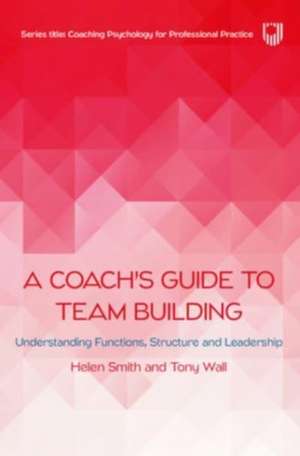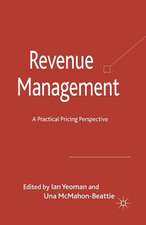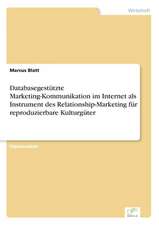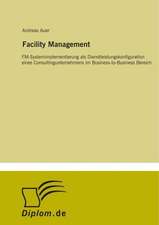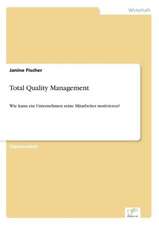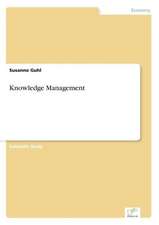A Coach's Guide to Team Building: Understanding Functions, Structure and Leadership
Autor Helen Smith, Tony Wallen Limba Engleză Paperback – 22 iun 2023
Professor Bob Garvey, Leeds Business School, UK
“This book confirms to me that great team leaders and team managers have a coaching mindset, coaching skills and coaching behaviours at their core. This book demonstrates how best to be ‘coach-minded’ and gives lots of advice on how to be an excellent manager as coach (MAC) in terms of fostering confidence, humility, learning and exchange within a team.”
Dr Jenni Jones, Associate Professor in Coaching and Mentoring, University of Wolverhampton, UK
In today’s ever-changing workplace, it is important for managers and team leadersto be able to navigate challenges arising from unproductive or dysfunctional behaviour among team members. A Coach’s Guide to Team Building applies a unique coaching perspective to tackle the complex issues facing teams and their leaders. Applying psychology principles in coaching and coaching leadership has the potential to help managers adapt to hybrid teams, flexible working and portfolio careers.
With insightful case studies and the utilisation of interview data throughout, this book contains practical tools, offers solutions to real team problems and shares key learnings from coaching, psychology and professional practice. The interviewees spanned multiple sectors, with insights into industries such as banking, education and engineering, readers can benefit from the flexible, effective approach to successfully creating and leading teams.
The book:
- Provides a range of practical tools, from ‘how-to’ guides to checklists
- Explores the challenges of building diversity and inclusivity into any team
- Covers a range of industries and team dynamics
The unique blend of expertise and insight from the authors will benefit academics, coaching practitioners, and team leaders alike. Whether you are an experienced team leader or novice manager, this book offers solutions to problems facing real teams.
Helen Smith is Faculty Head of Coaching and Mentoring in the Department of People and Performance at Manchester Metropolitan University. UK. Helen previously served as a Board Member of the European Mentoring and Coaching Council (EMCC) UK for over two years and is a founding member of The Greater Manchester Coaching Hub (GMCH).
Tony Wall is Professor at Liverpool Business School, Liverpool John Moores University, UK and holds visiting roles in Sweden and Vietnam. Tony has published 200+ works, including global policy reports for EMCC Global. He has received numerous accolades including the Advance-HE National Teaching Fellowship and Santander International Research Excellence Awards.
Preț: 248.88 lei
Nou
Puncte Express: 373
Preț estimativ în valută:
47.63€ • 49.42$ • 39.81£
47.63€ • 49.42$ • 39.81£
Carte tipărită la comandă
Livrare economică 17-31 martie
Preluare comenzi: 021 569.72.76
Specificații
ISBN-13: 9780335250677
ISBN-10: 033525067X
Pagini: 160
Dimensiuni: 152 x 229 x 9 mm
Greutate: 0.25 kg
Editura: McGraw Hill Education
Colecția Open University Press
Locul publicării:United Kingdom
ISBN-10: 033525067X
Pagini: 160
Dimensiuni: 152 x 229 x 9 mm
Greutate: 0.25 kg
Editura: McGraw Hill Education
Colecția Open University Press
Locul publicării:United Kingdom
Cuprins
Chapter 1: Exploring Team Challenge
Chapter 2: Team Challenge Context
Chapter 3: Elements of Team Effectiveness
Chapter 4: Team Behaviour and its Impact
Chapter 5: Function from Dysfunction
Chapter 6: Manager Demands
Chapter 7: Manager as Coach (MAC) Approach
Chapter 8: Effectiveness Insights
Chapter 9: Conduct of MAC – as a new effectiveness model
Chapter 10: What Next?
Chapter 2: Team Challenge Context
Chapter 3: Elements of Team Effectiveness
Chapter 4: Team Behaviour and its Impact
Chapter 5: Function from Dysfunction
Chapter 6: Manager Demands
Chapter 7: Manager as Coach (MAC) Approach
Chapter 8: Effectiveness Insights
Chapter 9: Conduct of MAC – as a new effectiveness model
Chapter 10: What Next?
